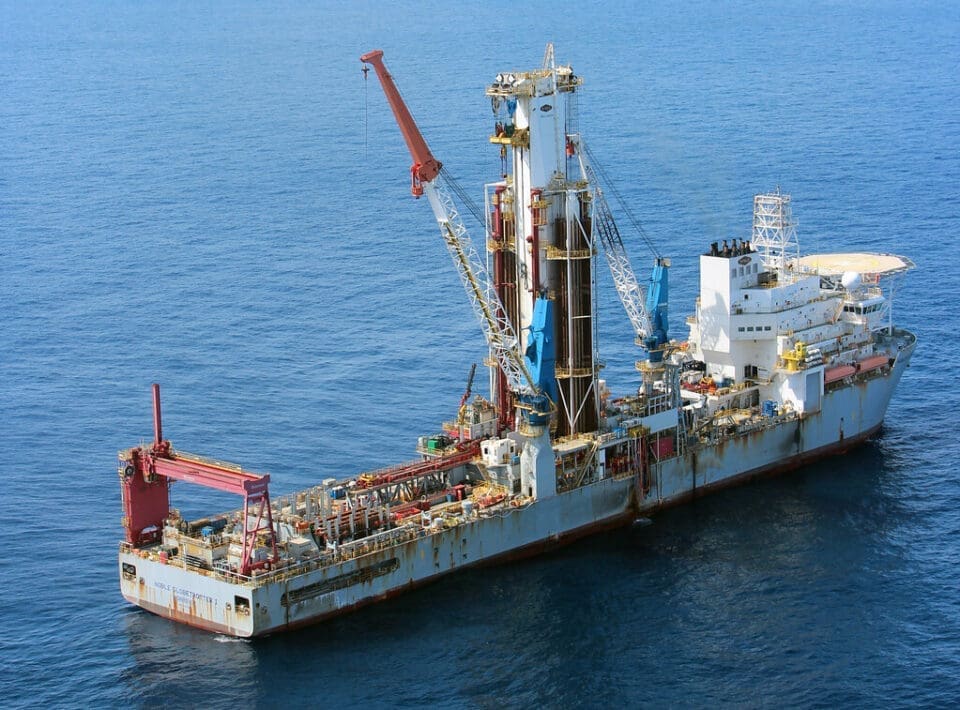Houston – Today, Energy Workforce & Technology Council released the following statement rebuffing the newly finalized Department of Interior 2024–2029 National Outer Continental Shelf Oil and Gas Leasing Program. The program holds the fewest oil and gas leases in United States History.
Only three oil and gas lease sales are scheduled for the Gulf of Mexico Program Area in 2025, 2027 and 2029, a sharp departure from the previous plan’s 11 lease sales.
“There is no doubt that this action will have a detrimental impact on energy supply for the United States,” said Energy Workforce President Tim Tarpley. “Limiting Americans access to their offshore energy resources not only threatens our energy security but harms the American workforce and economy.”
The U.S. Outer Continental Shelf is estimated to hold 90 billion barrels of oil and 327 trillion cubic feet of gas. If developed, these resources could create more than 800,000 American jobs, spur nearly $450 billion in private-sector spending, and generate more than $200 billion in revenue for federal and state governments. In terms of the workforce, the decrease in lease sales jeopardizes the jobs of more than 370,000 American energy workers.
Previously, Energy Workforce has submitted formal comments to the Bureau of Ocean Energy Management (BOEM) on this program, testified on Capitol Hill in support of legislation that would increase the number of lease sales, and supported policy proposals that will ensure America is never in a position to be energy reliant on a foreign nation.
Oil and gas operations are commonly found in remote locations far from company headquarters. Now, it's possible to monitor pump operations, collate and analyze seismic data, and track employees around the world from almost anywhere. Whether employees are in the office or in the field, the internet and related applications enable a greater multidirectional flow of information – and control – than ever before.



![Why Enhanced Geothermal Energy Could Be Your Next Smart Investment [2025 Guide]](https://b1006343.smushcdn.com/1006343/wp-content/uploads/2025/06/Why-Enhanced-Geothermal-Energy-Could-Be-Your-Next-Smart-Investment-2025-Guide-500x280.jpg?lossy=2&strip=1&webp=1)





